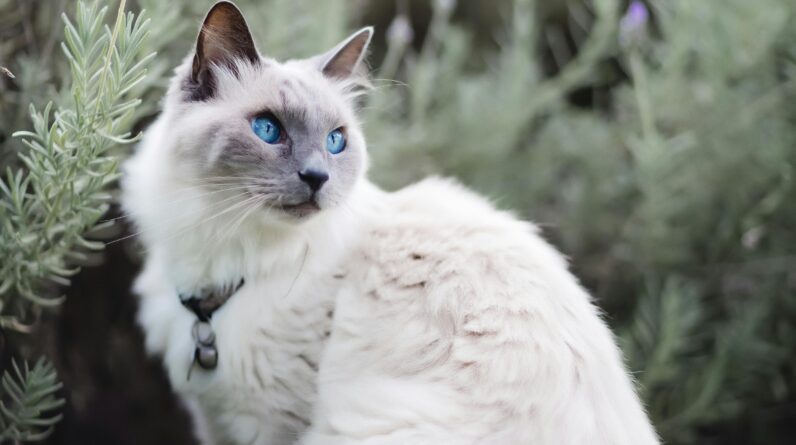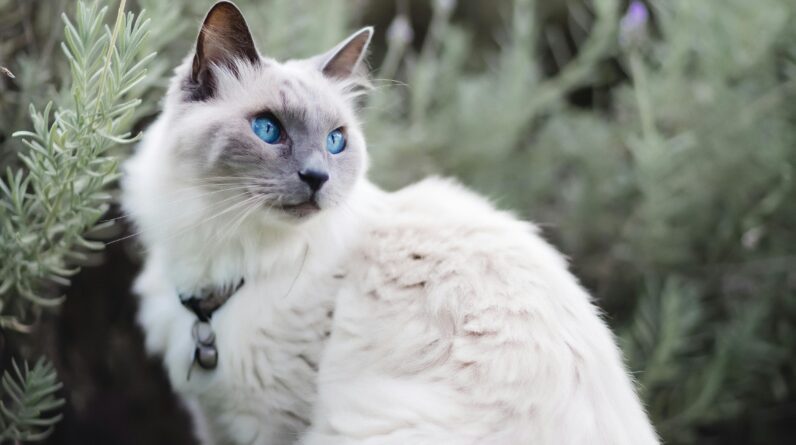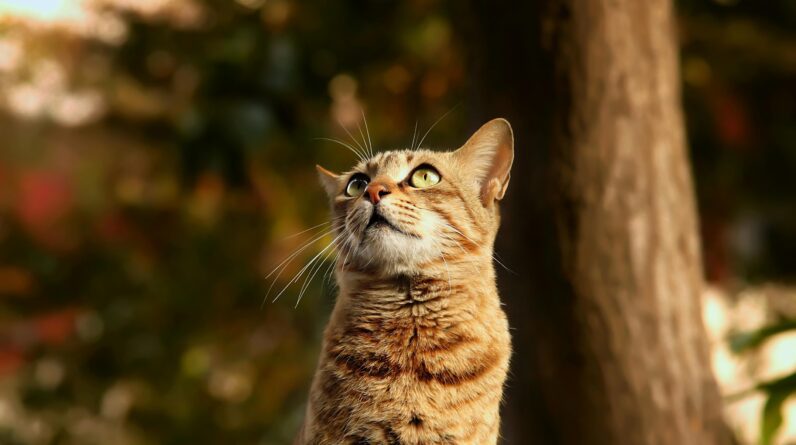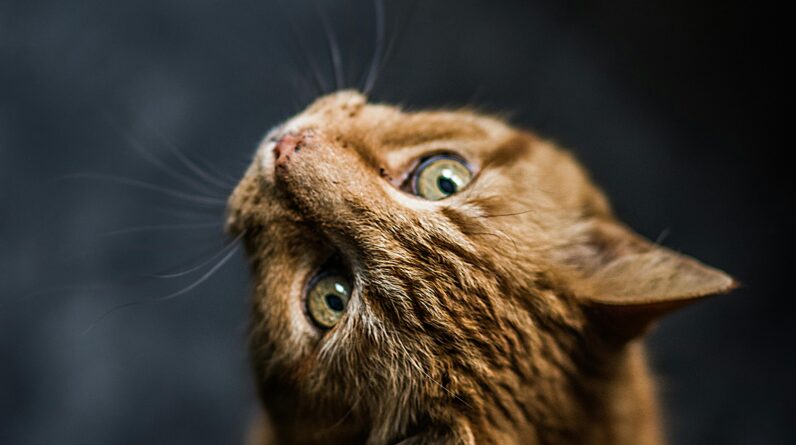
Welcome to the world of orange cats, where friendliness shines as brightly as their fur! Click here for purr-sonalized cat insights and tips.
Have you ever wondered why orange cats are regarded as the friendliest? Well, these ginger beauties often stand out not only for their striking coat but also for their warm behavior. Interestingly, there’s a blend of genetic factors and anecdotal evidence that suggests a link between coat color and personality in cats. Orange tabbies are typically associated with being sociable, affectionate, and quite the charismatic charmers in the feline world.
But hold on – it’s not just about looks. Their sunny disposition might also be influenced by how we humans perceive them. Thanks to famous orange felines like Garfield, we’ve come to expect a certain level of friendliness from these amber-coated kitties. Now let’s dive deeper into this fascinating topic and unravel why are orange cats the friendliest, shall we?
The Genetics of Ginger Cats: A Clue to Their Sociability?
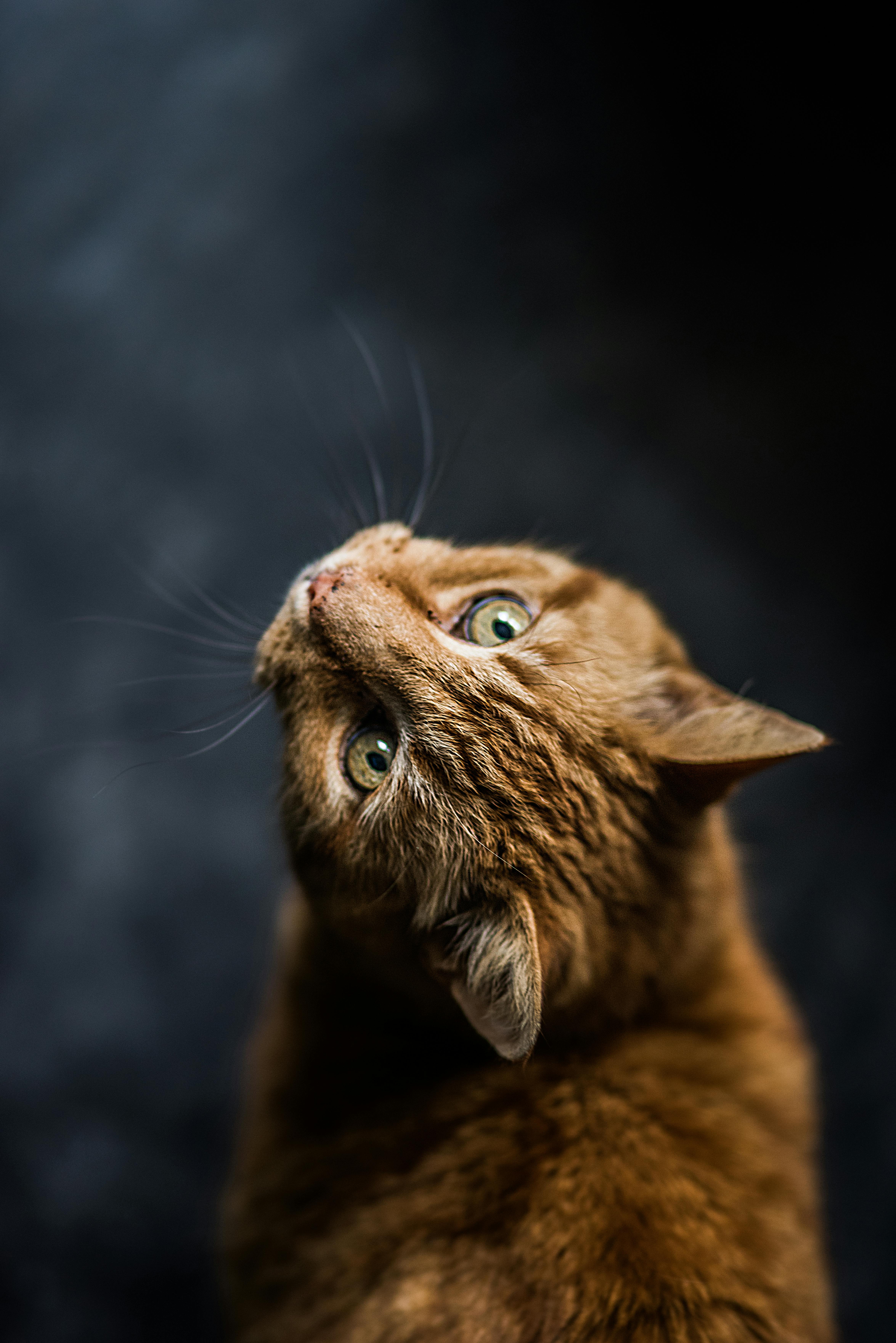

Now, let’s explore the intriguing world of feline genetics. It may hold secrets to the affable nature of ginger cats.
The gene responsible for the orange color is sex-linked and found on the X chromosome. It turns out that this gene can influence more than just their coat color. Some researchers suggest that it could also impact their personality traits.
Moreover, since male cats need only one copy of this gene to be orange and females need two, there’s a higher population of male orange tabbies. This has led to an interesting observation: these males often exhibit bold and friendly behaviors.
However, it is essential to note that while genetics can play a role, they do not define a cat’s entire persona. Other factors like environment and upbringing are also key players in shaping your furry friend’s character.
Cultural Perceptions and Folklore Surrounding Orange Felines
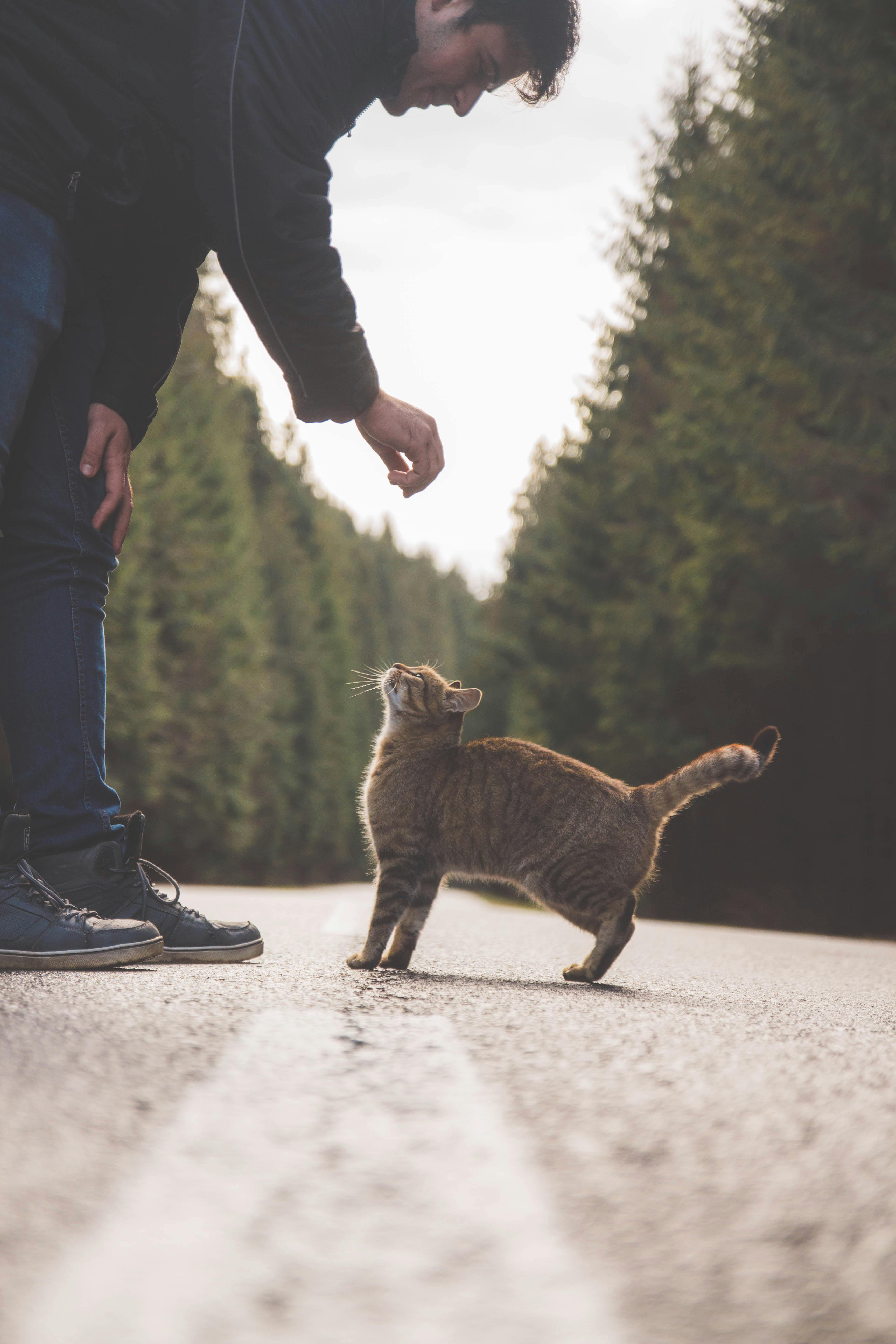

Stepping into the tapestry of culture, orange cats have been paw-sitively adored through time. Legends and lore have often cast these sun-kissed beauties in a magical light.
In ancient Egypt, cats were revered as gods, and their golden-hued coats were likened to the brilliance of the mighty sun god, Ra. This elevated status may still ripple through today’s cultural perceptions of orange felines.
Moving to Europe, Irish folklore held that rubbing a ginger cat’s tail on your eyelids would grant you the ‘sight’. The sight enabled one to see fairies and spirits, highlighting their mystical allure.
In maritime traditions, sailors sought orange tabbies as shipmates for good luck. It was believed these fiery fur-balls could calm storms and guide seafarers safely home.
Behavioral Studies: Do Orange Cats Show More Affection?
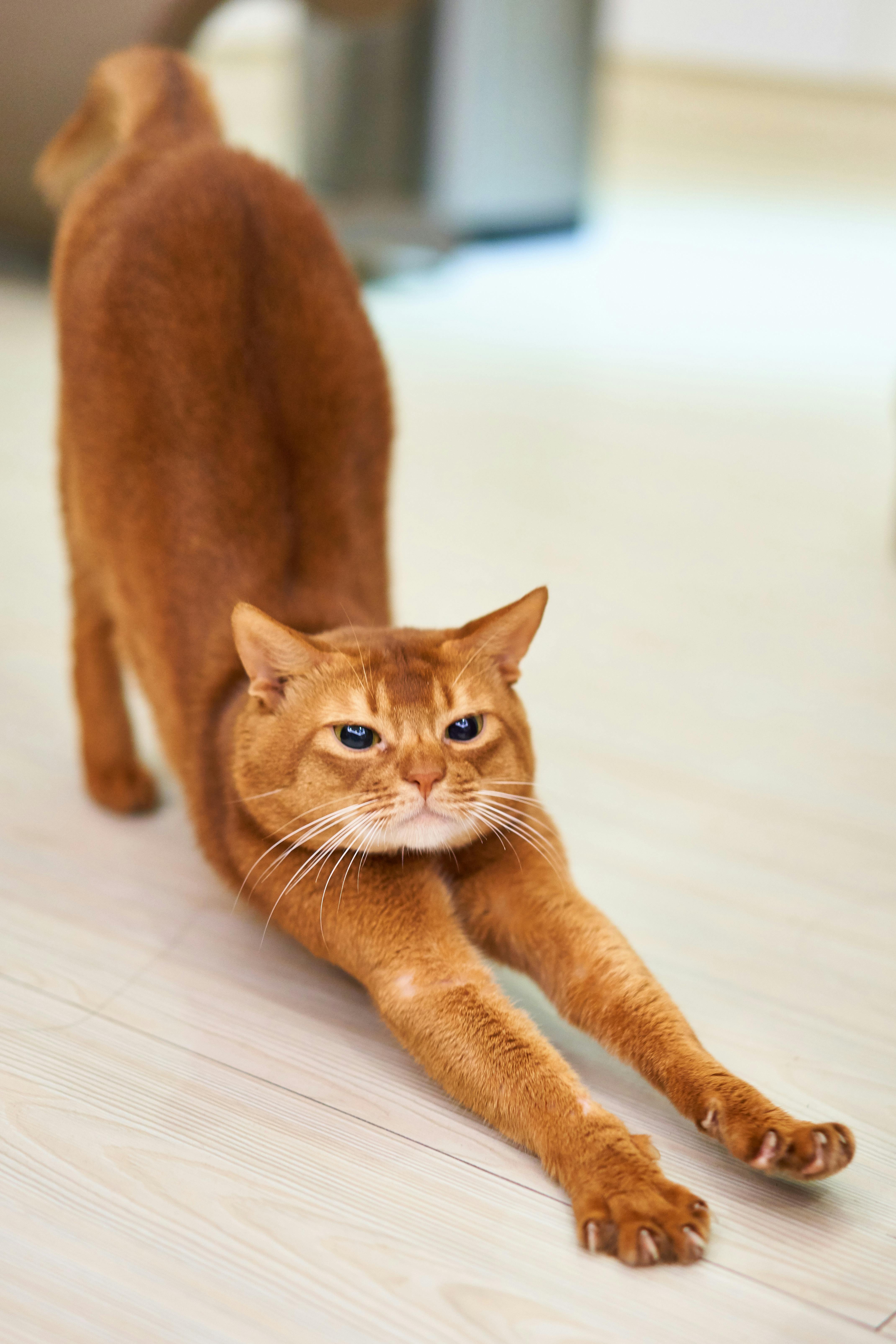

Curiosity doesn’t just belong to the cat; it’s a trait shared by those who adore them. Behavioral studies seek to understand feline friendliness.
Research suggests coat color may influence personality, with orange cats often perceived as sociable. However, it’s crucial to remember that each cat is unique.
A study published in the Journal of Applied Animal Welfare Science saw orange cats top the charts in human interactions. They showed more positive behaviors towards people than their less colorful counterparts.
Fascinatingly, these ginger charmers appear to invite more petting and playtime. Yet, scientists caution against making broad generalizations based on fur alone.
Owners’ Tales: Heartwarming Stories of Orange Cat Friendliness
Every cat owner’s experience is a personal chapter in the grand book of feline camaraderie. Owners’ tales often reflect the warmth of their orange companions.
Forums and social media are abuzz with anecdotes about ginger kitties. They’re known for initiating cuddles and sharing purrs generously.
The internet is a treasure trove of stories featuring orange cats displaying remarkable affection. These tales highlight their propensity to bond closely with humans.
In these narratives, ginger cats aren’t just pets; they become furry family members. Their antics and affectionate nature turn them into beloved protagonists in the lives of their owners.
Unraveling the Truth: The Science and Myth Behind Friendly Gingers
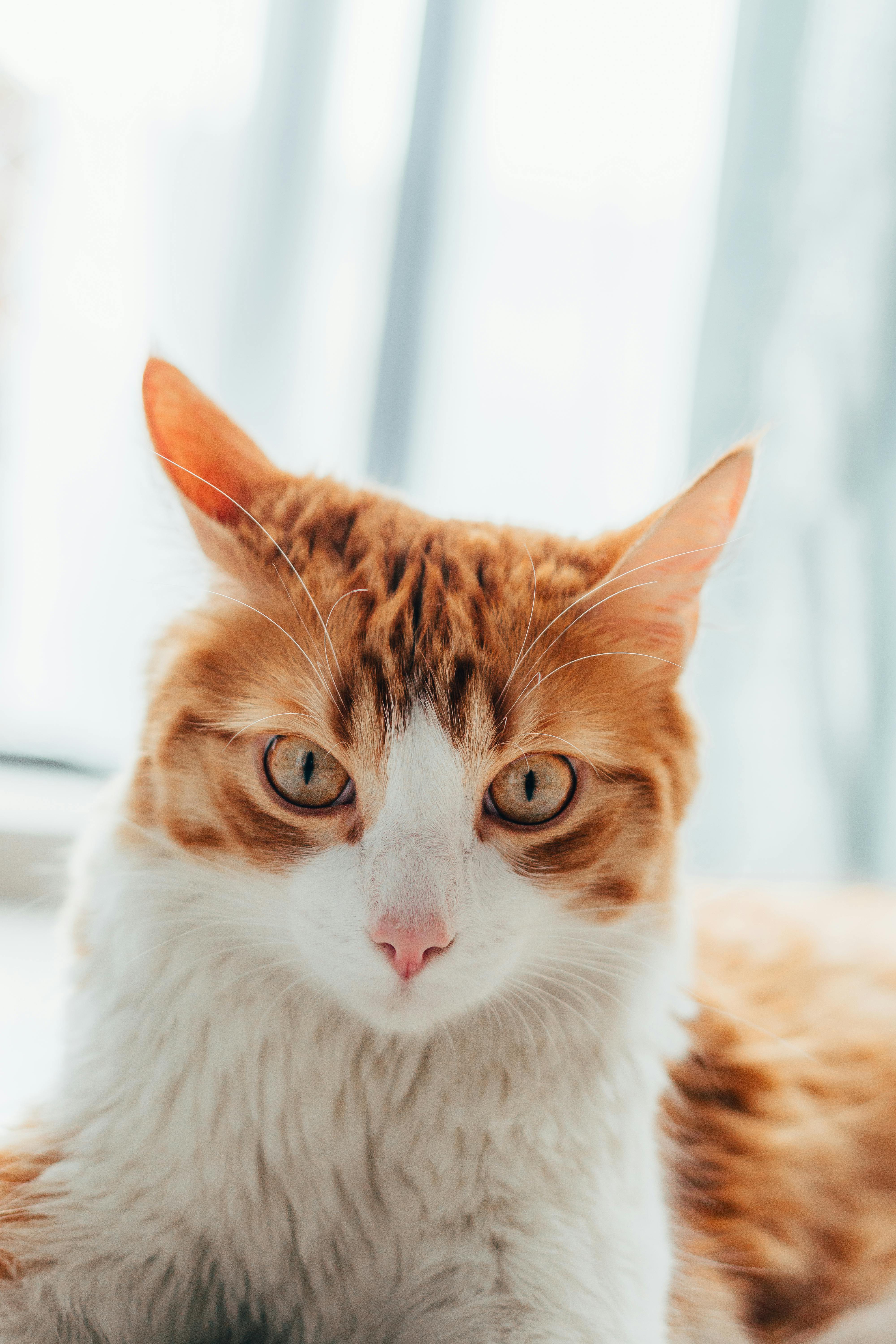

Is it myth or science that sets orange cats apart as the friendliest furballs? Unraveling the truth can be quite the adventure.
Some believe that coat color and temperament are linked, suggesting a genetic dance of personality. Yet, scientists say there’s no concrete evidence to support this colorful theory.
Intriguingly, orange cats often seem to exhibit a more gregarious nature. But experts argue that environment plays a pivotal role in shaping any cat’s friendliness.
Certain studies do hint at a connection between coat color and behavior. However, they emphasize that every cat is unique with its own set of traits.
Ponder this: Could it be their sunny hues evoke warm interactions from us humans? Maybe our perceptions play into why we see orange cats as exceptionally sociable companions.


